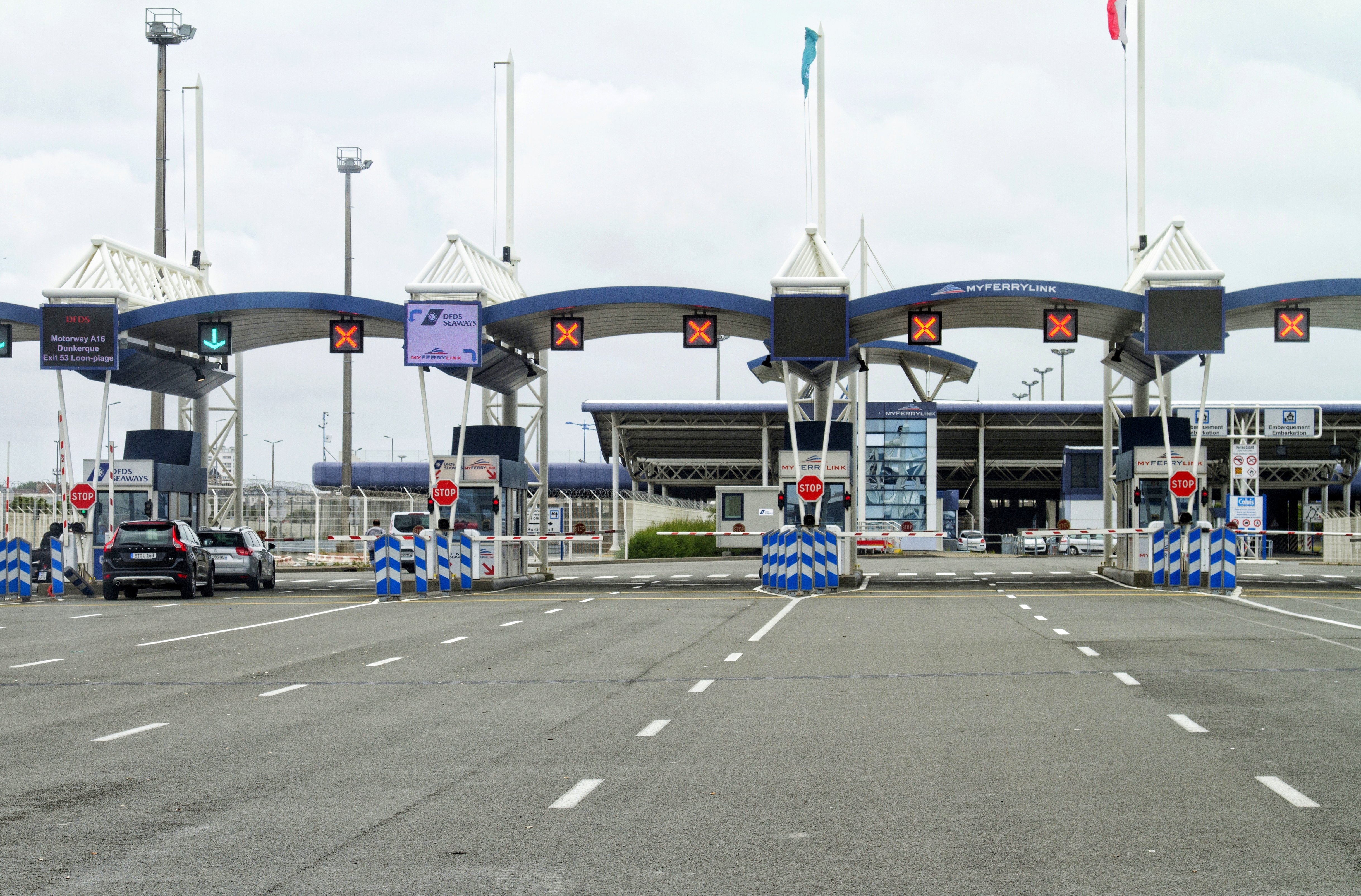The EU’s goal of a unified Customs Union by 2040 is ambitious, yet the UK is dreaming even bigger. The goal of their 2025 Border Strategy is to design and implement “the world’s most effective border, one that enables prosperity and enhances security for a global United Kingdom, ensuring that the UK becomes an even more attractive place to travel to and with which to do business.”

In light of Brexit along with supply chain disruptions due to COVID-19, HM Government published an 84-page plan in December 2020 outlining the path to their 2025 Target Operating Model. After all of the analysis of processes, procedures, and systems that went into defining customs formalities post-Brexit, it could be argued that nobody is in a better position to pull this off than the UK.
The vision is to create a UK border that fulfils four strategic objectives:
- Promotes UK growth and prosperity by facilitating international trade from businesses of all sizes, while effectively collecting the revenue owed.
- Detects, deters, and disrupts serious and organized crime, terrorism, harm, and threats to biosecurity, on land and at sea, in order to protect the UK’s people, businesses, health, and environment.
- Facilitates the movement of people that benefits the UK, while preventing abuse of the migration system, and safeguarding vulnerable people.
- Is resilient, innovative, and able to respond in an agile manner to major events and changing trends.
Achieving this free-flowing, resilient border relies heavily on digitising operational processes and integrating IT systems across all stakeholders, from economic operators to logistics providers to the ports themselves. The strategic plan is a result of cooperation and collaboration from over 200 stakeholders across the UK and is broken down into six transformations.
- Develop a coordinated, user-centric government approach to border design and delivery, which works in partnership with industry and enables border innovation. This transformation will entail creating a cross-governmental border Design Authority that will include representatives from the public and private sectors, tasked with ensuring fluid IT system and border processes. This will include developing a technology and innovation roadmap.
- Bring together government’s collection, assurance, and use of border data to provide a comprehensive and holistic view of data at the border. The success of this is heavily reliant on developing a Single Trade Window. Other pivotal parts of this transition include the integration of supply chain data; leveraging advanced analytics to reduce risks; making border documentation digital by default; and adopting legislation to share border data to appropriate stakeholders for greater security.
- Establish resilient ‘ports of the future’ at border crossing points to make the experience smoother and more secure for passengers and traders, while better protecting the public and environment. This will require an overhaul of infrastructure and facilities as well as investment in digital technology for secure yet contactless passage of people and goods. Measures that will gain efficiencies, such as the addition of freeports, critical analysis of physical border checks, and digital detection capabilities will all be components of establishing these ports of the future.
- Use upstream compliance to move processes away from the actual frontier where appropriate, both for passengers and traders. This stage will entail checks and balances that will accelerate movement of goods and people while preventing irregular migration, for example a Trusted Trader programme, enhanced AEO programme, and a Travel Authorisation scheme.
- Build the capability of staff and the border industry responsible for delivering border processes, particularly in an environment of greater automation; and simplify communication with border users to improve their experience. This will require onboarding additional border intermediaries, upskilling them, and improving guidance for end users.
- Shape the future development of borders worldwide, to promote the UK’s interests and facilitate end-to-end trade and travel. This last stage involves paying it forward by helping international partners develop similar world-class borders following global border standards. This includes instituting free trade agreements wherever practical.
For traders and logistics providers, this five-year plan will require an investment in technology and authorisations. Much of the envisioned functionality, for example data integration with government systems, auto-population of declarations, automation of key trading activities, automatic clearance notifications and alerts, and data-driven dashboards, is already built into C4T’s customs compliance solution, CAS. CAS is currently connected to the UK’s various siloed systems, and as they approach their vision of a Single Trade Window, we will be integrating with their technology every step of the way.
Request a demo of CAS today. We can help you get the rest of your Brexit formalities in order while simultaneously preparing you for the 2025 Border Model transformations.
